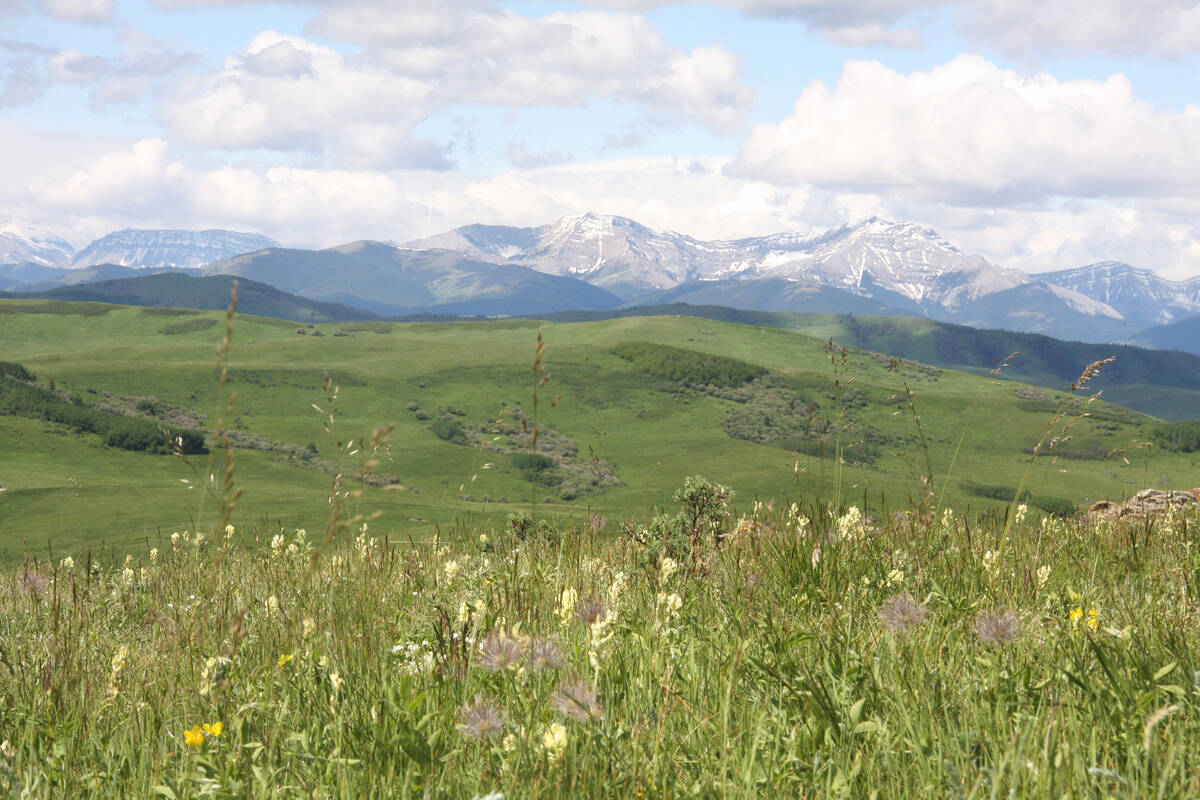Correction: A story on page 67 of the Jan. 2 issue should have read that Bill Murray said goats, not sheep, should help control aspen regrowth at his farm near Makinak, Man.
The Murrays have 185 Red Angus-Simmental cows with 40 replacement heifers. They farm 13 quarters of land, including several quarters of crown land they are working to improve.
Mur-Mak Farms has two different calving seasons. Forty cows calve in the fall while the rest calve from
April 25 to June 25. The two calving seasons allow the Murrays to limit the number of bulls needed for breeding.
Read Also

Selenium not deal breaker in coal mining: expert
Environmental scientist weighs in on coal mining debates in Western Canada, explaining selenium and the technologies and practices to lower its concentrations in nearby waterways to coal mining operations
They used to calve out most of their herd in February and March, with some calving in the fall. But expanding their herd and continuing with winter calving would have meant a large investment in indoor facilities.
They decided it made more sense to move to spring calving, while continuing to have part of their herd calve in fall.
The Murrays background their calves and market them as yearlings.
Bill said the Red Angus in their breeding program helps moderate the size of their cattle. Because much of the crown land is bush, he does not think large-framed animals Ð 1,600 to 1,700 pounds Ð would do as well as those closer to 1,400 lb.
The Murrays use rotational grazing to get the most from tame and native pastures. They begin the grazing season with tame hay on paddocks that are smaller than the native paddocks. The smaller areas make it easier to check cows due to calve.
Bill said they try to keep cows off pasture until May 24, giving the tame grasses a chance to grow before being grazed. The tame pastures are typically a mix of alfalfa, timothy, birdsfoot trefoil, orchardgrass and meadow brome.
With a diversity of terrain, it made sense to plant a diversity of forages.
The cattle usually don’t go into the native paddocks until July 1 and they go back to the tame paddocks in early September.
The cattle are moved from paddock to paddock based on pasture growth rather than arbitrary dates.
Some paddocks are hayed during the growing season.
The family is working on improving the nine and a half quarters of leased crown land. Forty acres on each quarter were logged this year by Louisiana Pacific, which will open some meadows on what was predominantly bush land.
The Murrays plan to use sheep as much as possible to control the regrowth of aspen trees on those harvested plots. Some chemical control might also be needed.
“I feel the sheep should do a really good job,” Bill said.
“Those young aspen are really their favourite food.”
The Murrays grow barley for silage. They extend the grazing season by letting their cattle graze barley stubble. Following a killing frost, cattle will also graze hay fields that have regrown after a second cut.
The Murrays’ cattle grazed on barley stubble and tame hay from
Nov. 3 to Dec. 1 in 2002, which helped reduce the amount of harvested feed needed this winter.
Bill said swath grazing to extend the grazing season worked well until three years ago, when a heavy rain was followed by a metre of snow.
The Murrays haven’t abandoned swath grazing, and will likely try it again in coming years. That could help extend the grazing season into January.
Mur-Mak Farms relies on a dugout to water cattle during the grazing season. Numerous test holes were drilled at the farm over the years that showed shallow wells would not produce enough water, while water from deep wells would be too salty.
The Murrays plan to run pasture pipelines from the dugout so the cows don’t have to return from the paddocks for water or have the water hauled to them.














